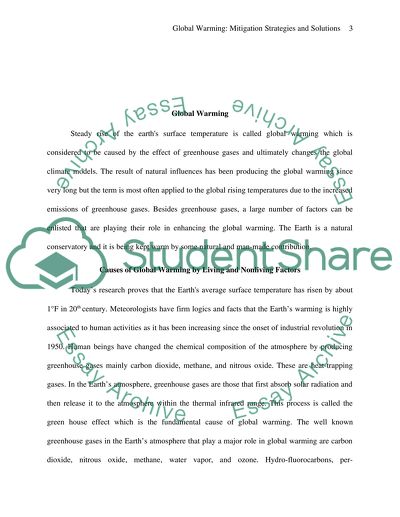Cite this document
(Mitigation Strategies and Solutions Coursework Example | Topics and Well Written Essays - 1750 words - 1, n.d.)
Mitigation Strategies and Solutions Coursework Example | Topics and Well Written Essays - 1750 words - 1. https://studentshare.org/environmental-studies/1558224-mitigation-strategies-and-solutions
Mitigation Strategies and Solutions Coursework Example | Topics and Well Written Essays - 1750 words - 1. https://studentshare.org/environmental-studies/1558224-mitigation-strategies-and-solutions
(Mitigation Strategies and Solutions Coursework Example | Topics and Well Written Essays - 1750 Words - 1)
Mitigation Strategies and Solutions Coursework Example | Topics and Well Written Essays - 1750 Words - 1. https://studentshare.org/environmental-studies/1558224-mitigation-strategies-and-solutions.
Mitigation Strategies and Solutions Coursework Example | Topics and Well Written Essays - 1750 Words - 1. https://studentshare.org/environmental-studies/1558224-mitigation-strategies-and-solutions.
“Mitigation Strategies and Solutions Coursework Example | Topics and Well Written Essays - 1750 Words - 1”. https://studentshare.org/environmental-studies/1558224-mitigation-strategies-and-solutions.


